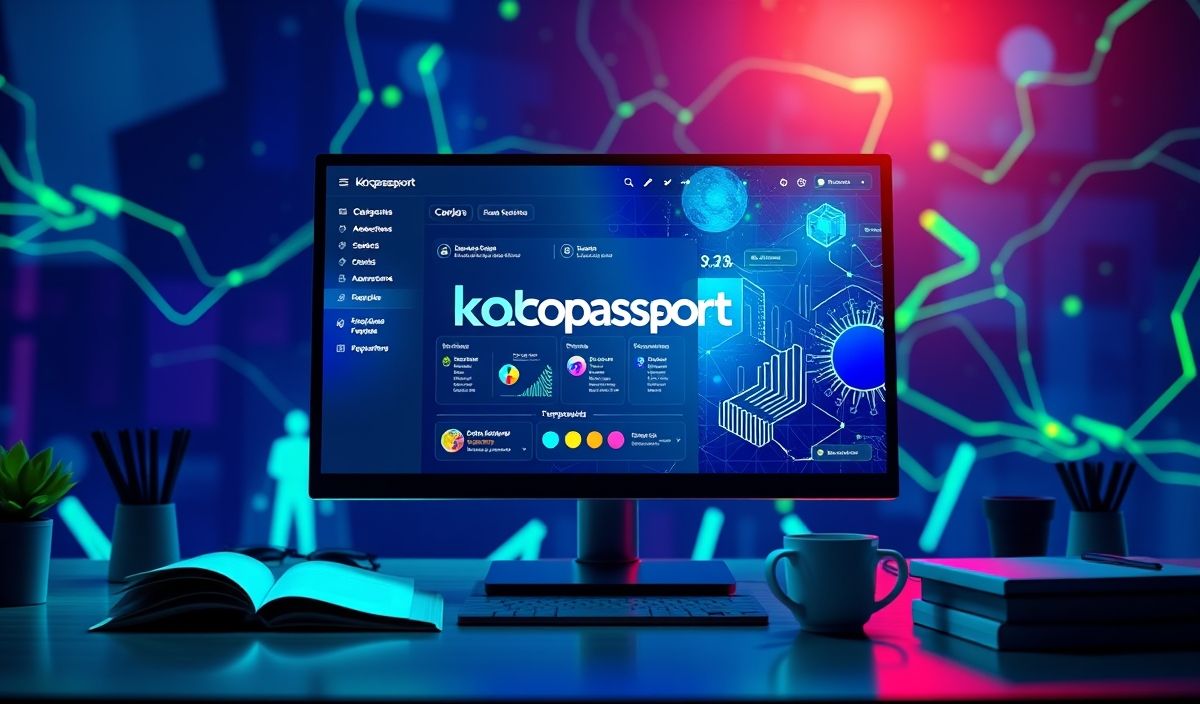Introduction to graphql-cli
graphql-cli is an essential tool for developers working with GraphQL APIs. It provides a versatile command-line interface for interacting with GraphQL endpoints, performing schema validations, and generating code artifacts. In this guide, we’ll explore the various features and commands provided by graphql-cli with practical code snippets and examples.
Installation
npm install -g graphql-cli
Initializing a Project
graphql init
The graphql init command sets up a new GraphQL project.
Fetching Schema
graphql get-schema
This command fetches the remote schema and stores it locally in your project.
Validating Queries
graphql validate
The graphql validate command checks the validity of your queries against the schema.
Introspecting Schemas
graphql introspect
Introspect the schema and print the result.
Generating Code Artifacts
graphql codegen
This command generates code artifacts such as TypeScript types based on your schema.
Executing Queries
graphql query -f queryFile.graphql
Execute GraphQL queries from a file.
Building an App Example
Here is a basic example of how to integrate graphql-cli into a project:
const { GraphQLClient } = require('graphql-request');
const client = new GraphQLClient('https://api.spacex.land/graphql/', { headers: {} });
const query = `
query {
launchesPast(limit: 3) {
mission_name
launch_date_utc
launch_success
rocket {
rocket_name
}
}
}
`;
client.request(query).then(data => console.log(data));
In this example, we use the GraphQLClient from the graphql-request library to fetch data from a GraphQL endpoint. This example demonstrates how to execute queries and handle responses within a Node.js application.
Conclusion
graphql-cli is a powerful tool that simplifies many aspects of working with GraphQL APIs. By leveraging its capabilities, developers can streamline their workflow, ensure their queries are valid, and generate necessary code artifacts with ease.
Hash: 84931d0e4c361fb794d3087d69ee687c07a159054f89d90ac7d3edc192b9d47e




